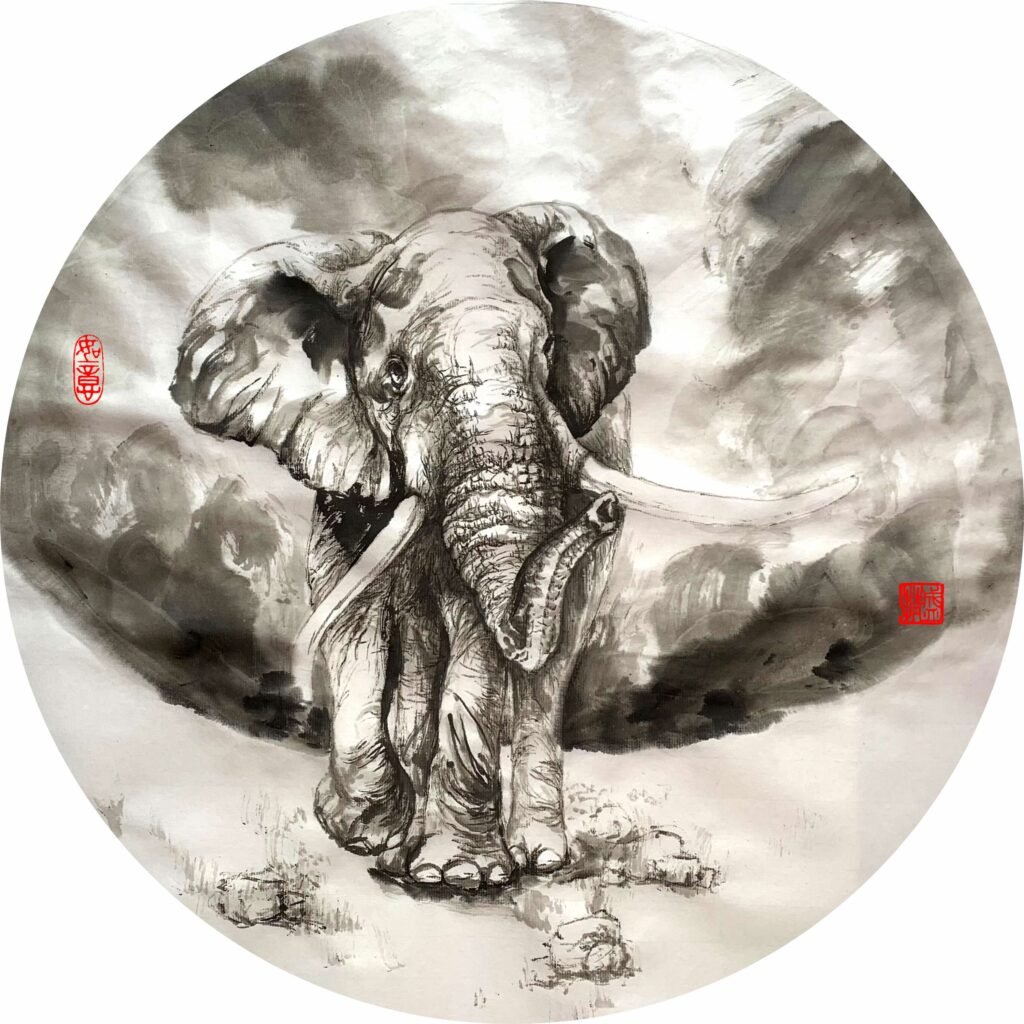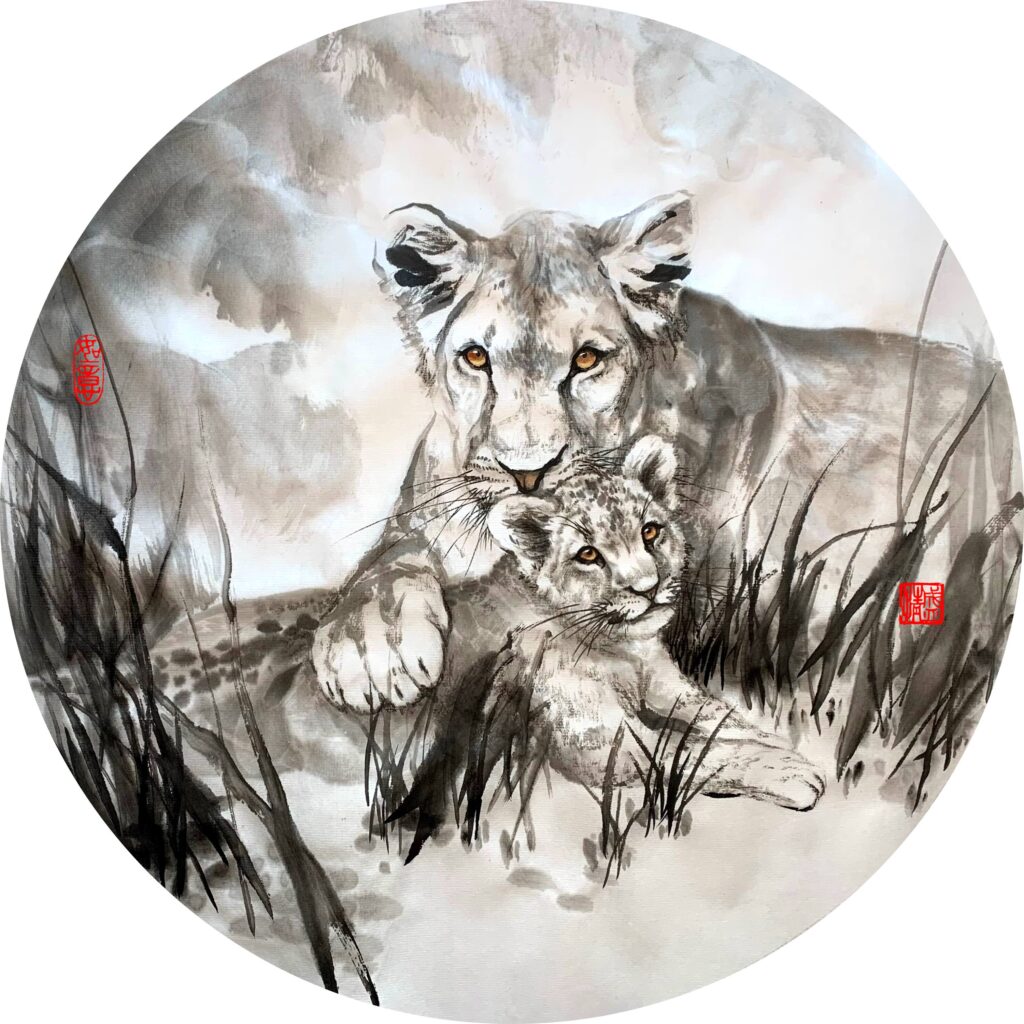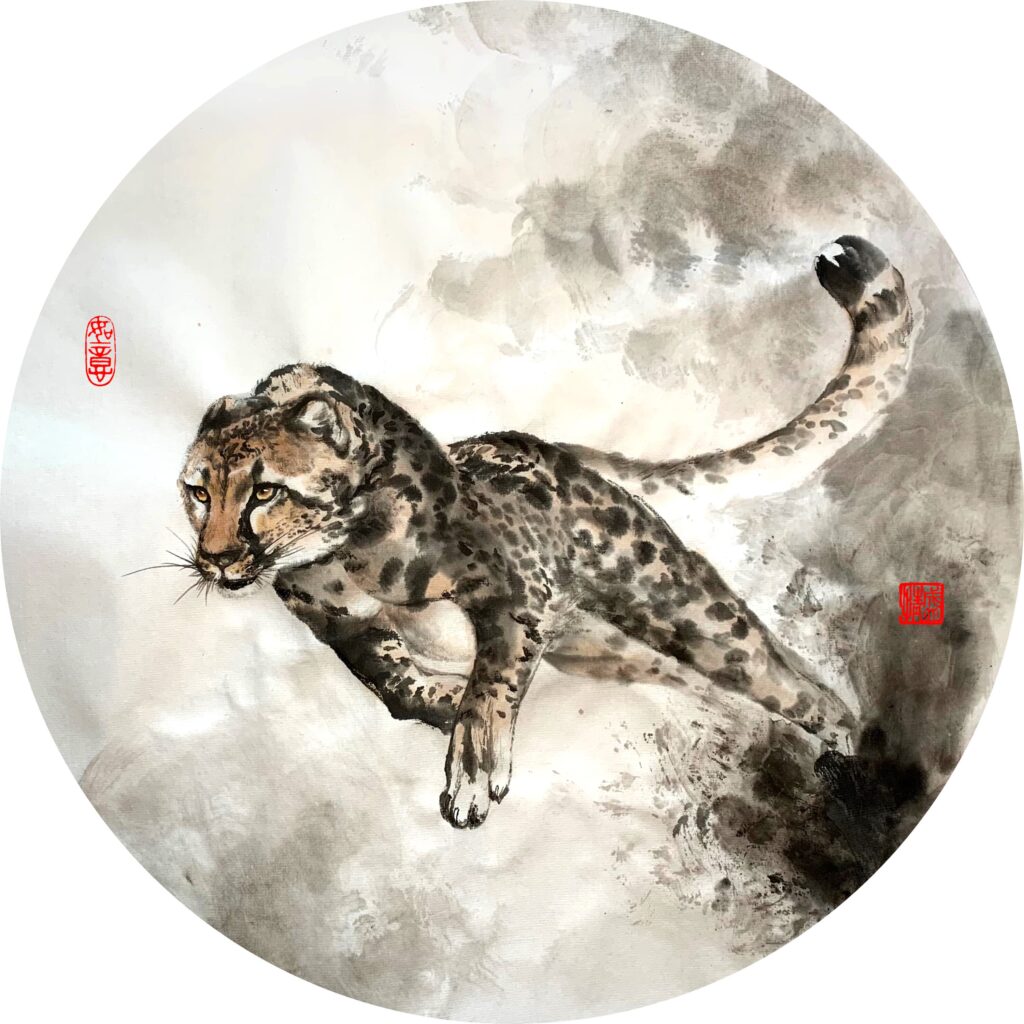The xuan rice paper is one of the most important materials on which we rely during the creation of the oriental arts. We have discussed in the past their categorization and properties. However, did you know that there are differences between the front and back side of them that affect our artworks? Today let us talk about how to tell the sides and find out which side to use for art creations.

We know that these papers are made from natural fibers extracted from a few types of trees and plants, and the traditional way of making of them is a complex process. The modern technological advances provided additional options of machine making them, but the machine made qualities vary drastically. So in using the papers for painting or calligraphy writing, it is essential to find the right side.
Plain Paper
Normally there is a rough side and a smooth side when you touch the surface of a sheet of rice paper or look very closely at it – the smooth side is the front side. Also it is useful to know that when purchasing an entire batch (100 sheets) of 4 feet or 6 feet papers, the side that is folded inward would be the front side.
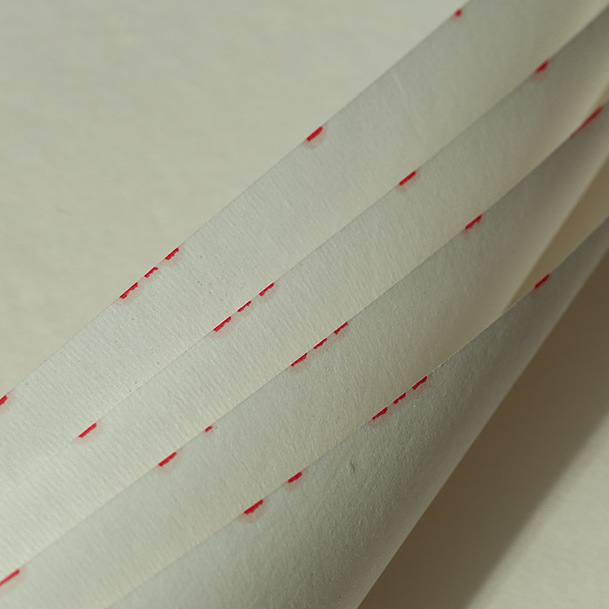
Paper with Patterns or Texture
Compared with the plain type of paper, some papers come with patterns or textures, and these can help us quickly to identify the front of the paper. Any side with patterns is the front side, and in the case of papers with long and visible fibers, the bumpy fiber side is the back side, and the front is also smoother in comparison.

Ripe Paper
The ripe papers have a different tell. Many of these papers have mica dots on them, and the side that include more and shinier dots is the clear front side. The plain type fall under the category above.
For these papers it is absolutely important to know which side to use for the art creation, because the making of these papers require an additional layer of substance which prevents ink or color to sink through, contrary to the raw paper. The Gongbi painting depends on this layer to make, and the only correct side to use is the shinier side.

But should we only use the front side of all kinds of paper? The answer is no.
Which side of the raw papers to use depends on the need. Most of the time we need the papers to create regular things, freehand paintings and regular calligraphy practices (regular script, semi-cursive and cursive script) would work well on the front side of the papers. But in the case of, for instance, seal script, official script or very large character writing that require a better “dry” effect, then the back side is the one to use. Higher friction on the back side would naturally produce more apparent textures during the creation, and therefore the characters could appear more powerful.
The high quality handmade raw papers sometimes have very little differences between the front and the back sides, so in this case, you can simply feel free to use either side that looks better to you!
Our Paper Selections
-
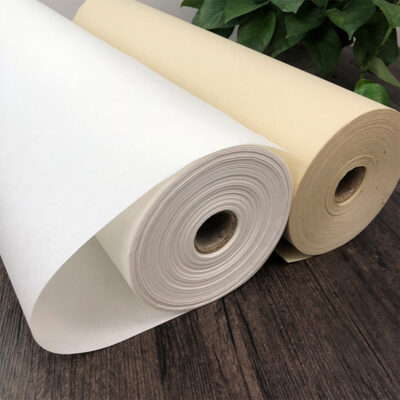 100m Rice Paper Roll
100m Rice Paper Roll -
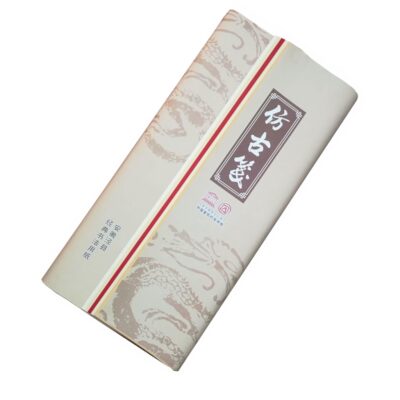 5 Colored Rice Paper Pack
5 Colored Rice Paper Pack -
 Cloud Dragon High Fiber Rice Paper
Cloud Dragon High Fiber Rice Paper -
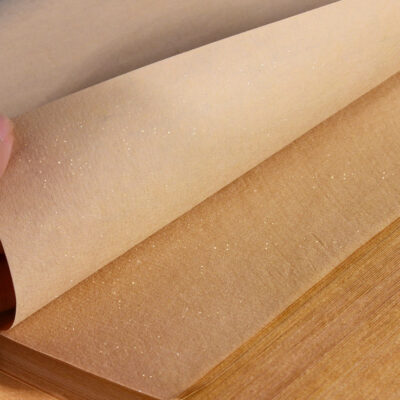 Colored Ripe Rice Paper with Pearly Sparkles
Colored Ripe Rice Paper with Pearly Sparkles -
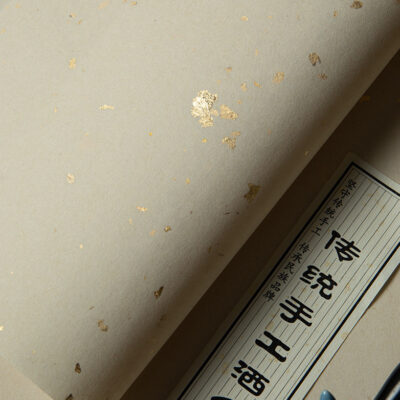 Light Brown Rice Paper with Golden Sparkles
Light Brown Rice Paper with Golden Sparkles -
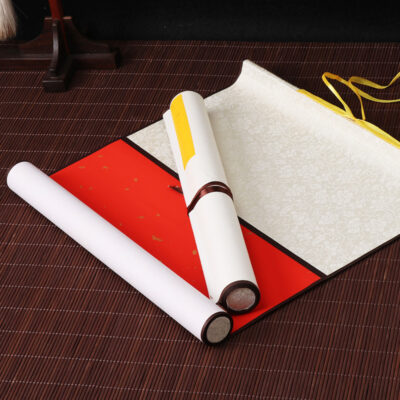 Pre-Mounted Rice Paper Scroll
Pre-Mounted Rice Paper Scroll -
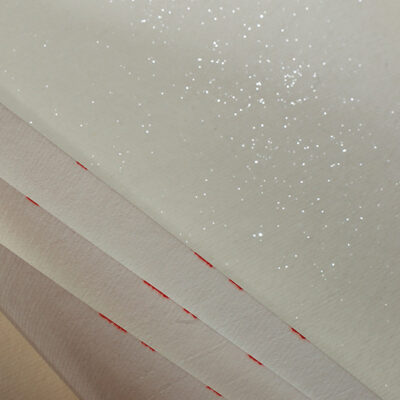 Premium Ripe Rice Paper
Premium Ripe Rice Paper -
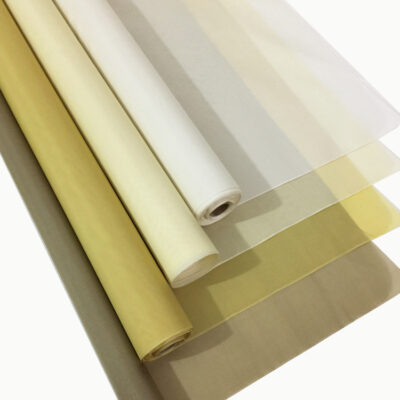 Silk For Painting, Ripe & Raw
Silk For Painting, Ripe & Raw -
 Rice Paper Sheets & Roll
Rice Paper Sheets & Roll -
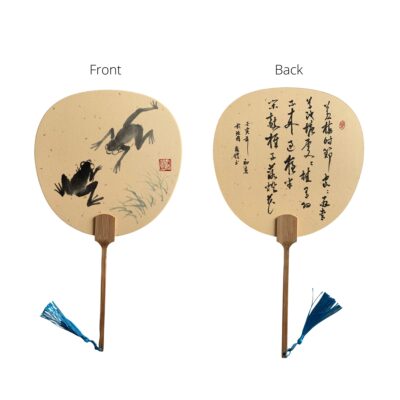 Rice Paper Fan
Rice Paper Fan -
 Colored Half-Raw Rice Paper
Colored Half-Raw Rice Paper -
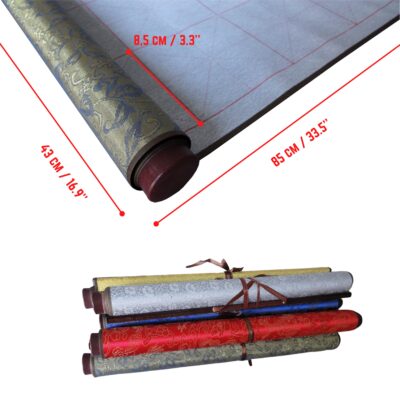 Water Writing Cloth, for Calligraphy Practice with only Water
Water Writing Cloth, for Calligraphy Practice with only Water -
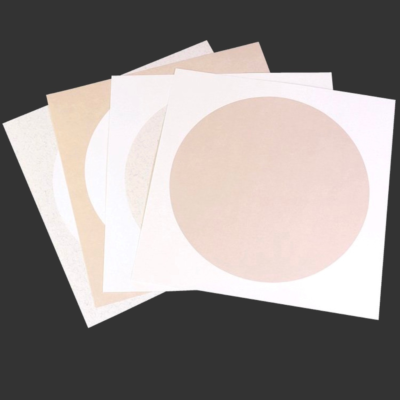 Pre-Mounted Rice Paper (pack of 10)
Pre-Mounted Rice Paper (pack of 10)
Buy Artworks | Learn Brush Painting | Learn Chinese Calligraphy
